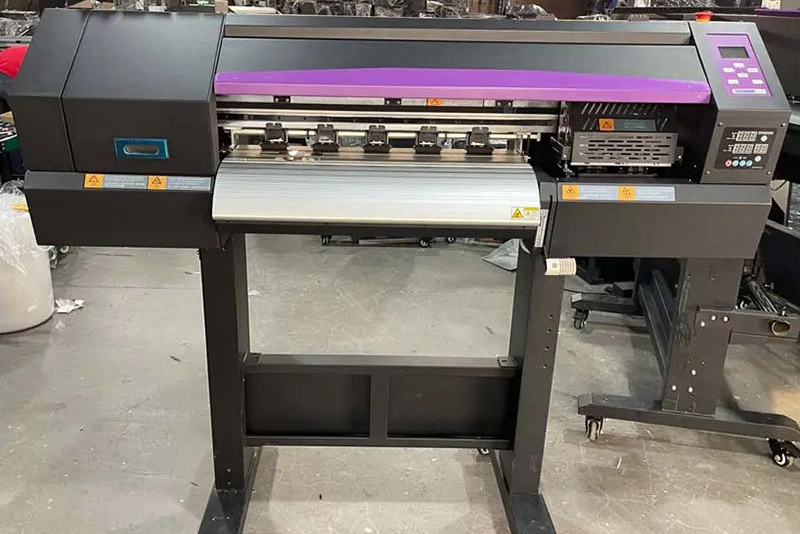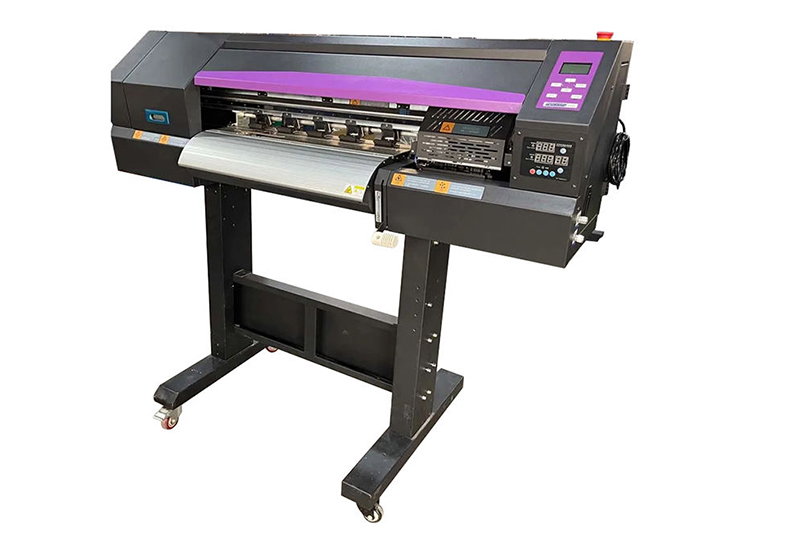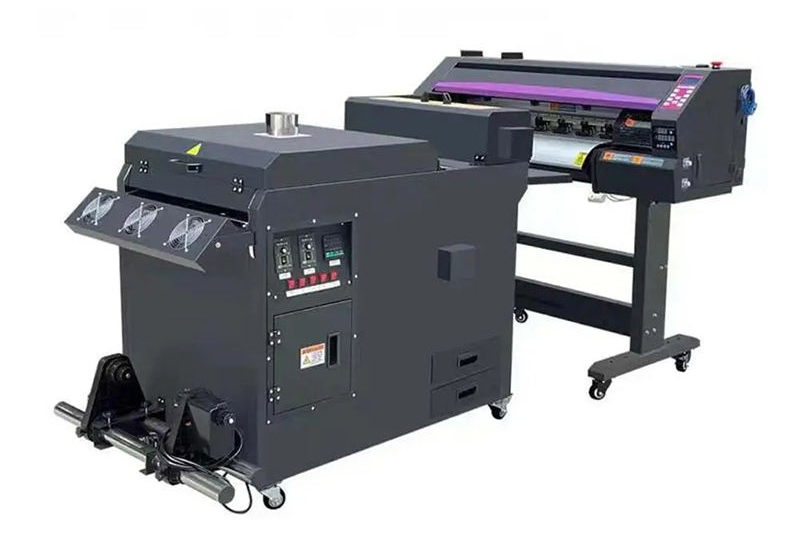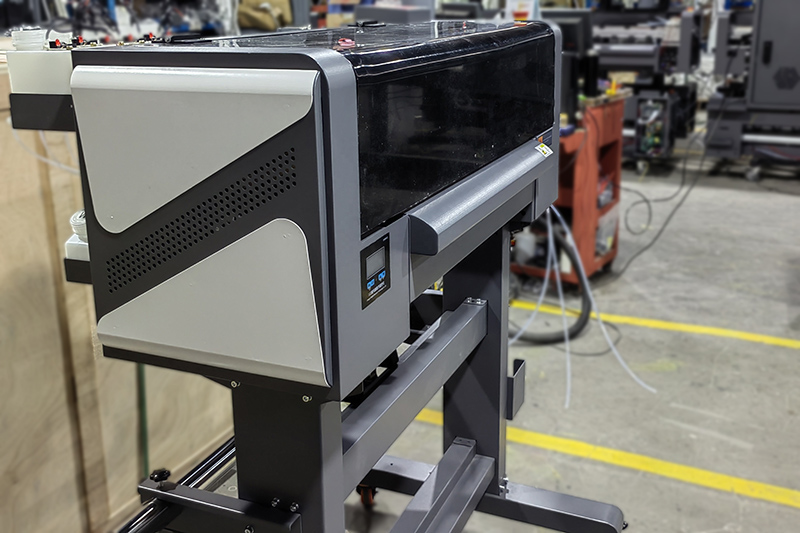The advent of digital printing technology has revolutionized the garment industry, providing designers and manufacturers with unprecedented versatility and efficiency. Amidst this transformative landscape, the KTM-A02 DTF Printer emerges as a cutting-edge solution that empowers businesses to elevate their printing capabilities and unlock limitless creative possibilities.
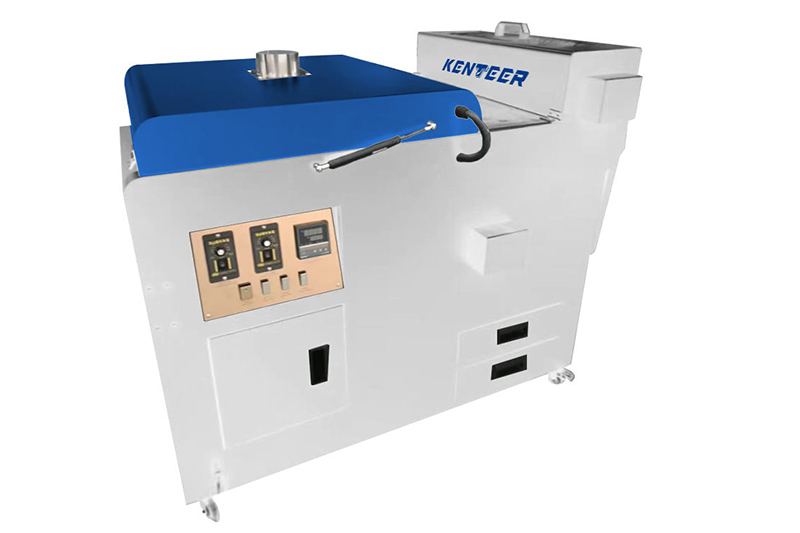
Unveiling the KTM-A02 DTF Printer: Precision and Productivity Redefined
The KTM-A02 DTF Printer is engineered with meticulous precision to deliver exceptional print quality and operational efficiency. Its dual print heads, powered by advanced Epson technology, ensure consistent, vibrant prints with resolutions up to 360*3600dpi. The printer's spacious printing width of 610mm accommodates a wide range of garment sizes, maximizing productivity and catering to diverse customer needs.
DTF Printing: A Breakthrough in Garment Customization
Direct-to-Film (DTF) printing has emerged as a transformative technique in the garment industry. Unlike traditional printing methods, DTF involves printing designs onto a special film, which is then transferred onto the garment using heat and pressure. This innovative process eliminates the need for manual cutting and weeding, significantly reducing production time and labor costs.
Advantages of the KTM-A02 DTF Printer for Garment Customization:
1. Unmatched Print Quality: The KTM-A02 DTF Printer produces stunning, high-resolution prints with vibrant colors and sharp details, elevating the visual appeal of garments and capturing the attention of discerning customers.
2. Versatility and Flexibility: The printer's ability to print on a wide range of fabrics, including cotton, polyester, and blends, opens up endless possibilities for creating custom designs on t-shirts, hoodies, sportswear, and more.
3. Cost-Effective Solution: By eliminating manual cutting and weeding, the DTF printing process significantly reduces labor costs, enabling businesses to offer high-quality prints at competitive prices.
4. Time-Saving Efficiency: The fast printing speeds of the KTM-A02 DTF Printer, reaching up to 16m²/h in 4Pass mode, streamline production processes and maximize output, allowing businesses to meet tight deadlines and handle large orders efficiently.
Workflow Optimization and Environmental Sustainability
The KTM-A02 DTF Printer is designed with meticulous attention to workflow optimization and environmental sustainability. Its integrated printing software simplifies the design and printing process, minimizing downtime and ensuring effortless operation. The printer also utilizes textile pigment inks, which are environmentally friendly, water-based, and safe for use on garments intended for human contact.
Empowering Garment Businesses with Innovation
The KTM-A02 DTF Printer is a transformative tool for businesses in the garment industry, offering a comprehensive solution for high-quality, cost-effective, and environmentally sustainable printing. Its advanced capabilities and user-friendly operation empower designers and manufacturers to unleash their creativity, expand their product offerings, and achieve unprecedented levels of success. By investing in the KTM-A02 DTF Printer, businesses can unlock the full potential of digital printing and revolutionize their approach to garment customization.
If you have product purchasing needs, you can contact us

